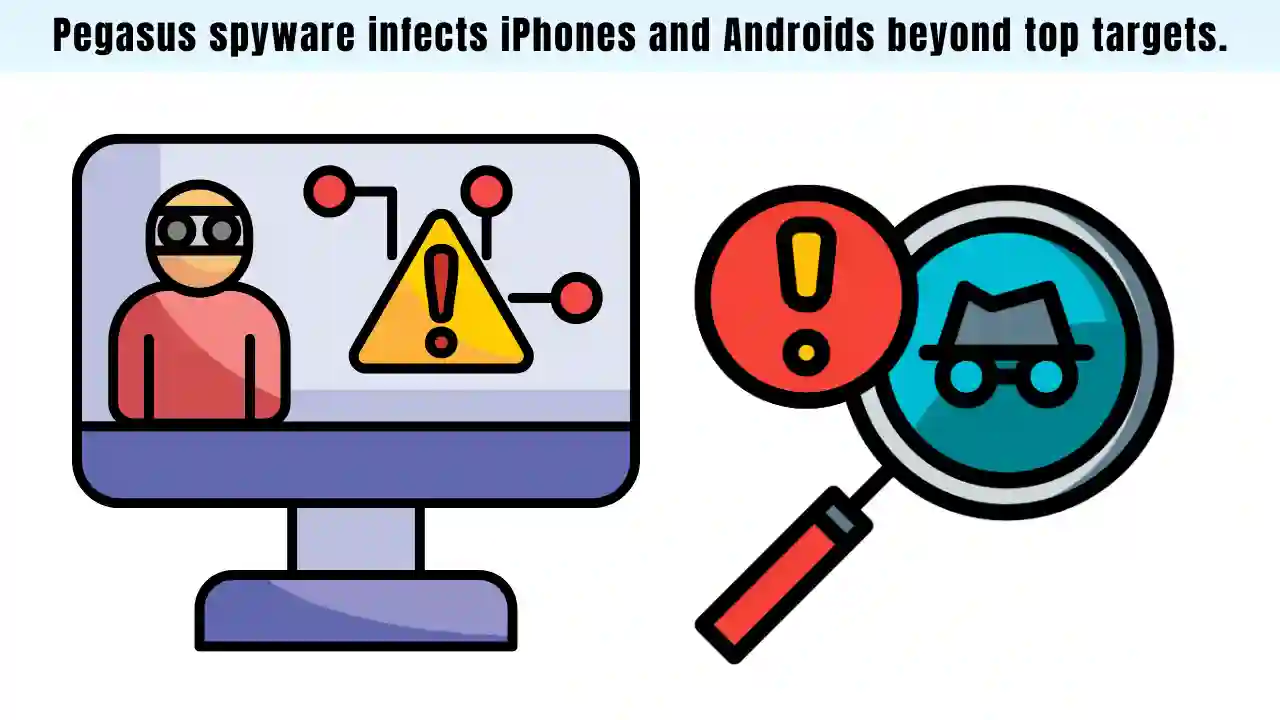Recent findings reveal that Pegasus spyware infects iPhones and Androids beyond high-profile targets. This notorious spyware, developed by the NSO Group, has long been associated with surveillance of journalists, politicians, and other high-value individuals. However, a new report from iVerify indicates that ordinary citizens are now at risk as well. The mobile security firm uncovered multiple infections in devices owned by regular users, suggesting that the threat is more widespread than previously believed.
The iVerify report highlights the discovery of five unique types of Pegasus spyware on various devices. This was made possible through their Mobile Threat Hunting feature, which allows users to scan their smartphones for potential threats. In an initial investigation involving 2,500 devices, they found seven instances of Pegasus infections. While this number may seem small, it represents a significant concern in mobile security, indicating that the spyware is not limited to high-profile targets anymore.
Infections have been traced back to 2021, demonstrating Pegasus’s ability to remain hidden from conventional security measures. The spyware can be installed without any user interaction, making it particularly dangerous. It can access sensitive information such as messages, emails, photos, and call logs. This stealthy operation means that many users may be unaware that their devices are compromised.
The methods used by Pegasus to infect devices are alarming. It employs techniques like zero-click exploits, which do not require any action from the victim. This allows the spyware to infiltrate both iOS and Android systems seamlessly. Once installed, it can monitor communications and gather personal data without raising any red flags for the user.
As the threat landscape evolves, it is crucial for all smartphone users to remain vigilant. The findings from iVerify serve as a wake-up call about the potential risks posed by sophisticated spyware like Pegasus. With its ability to target ordinary individuals alongside high-profile figures, awareness and proactive measures are essential in safeguarding personal information from such invasive technologies.



